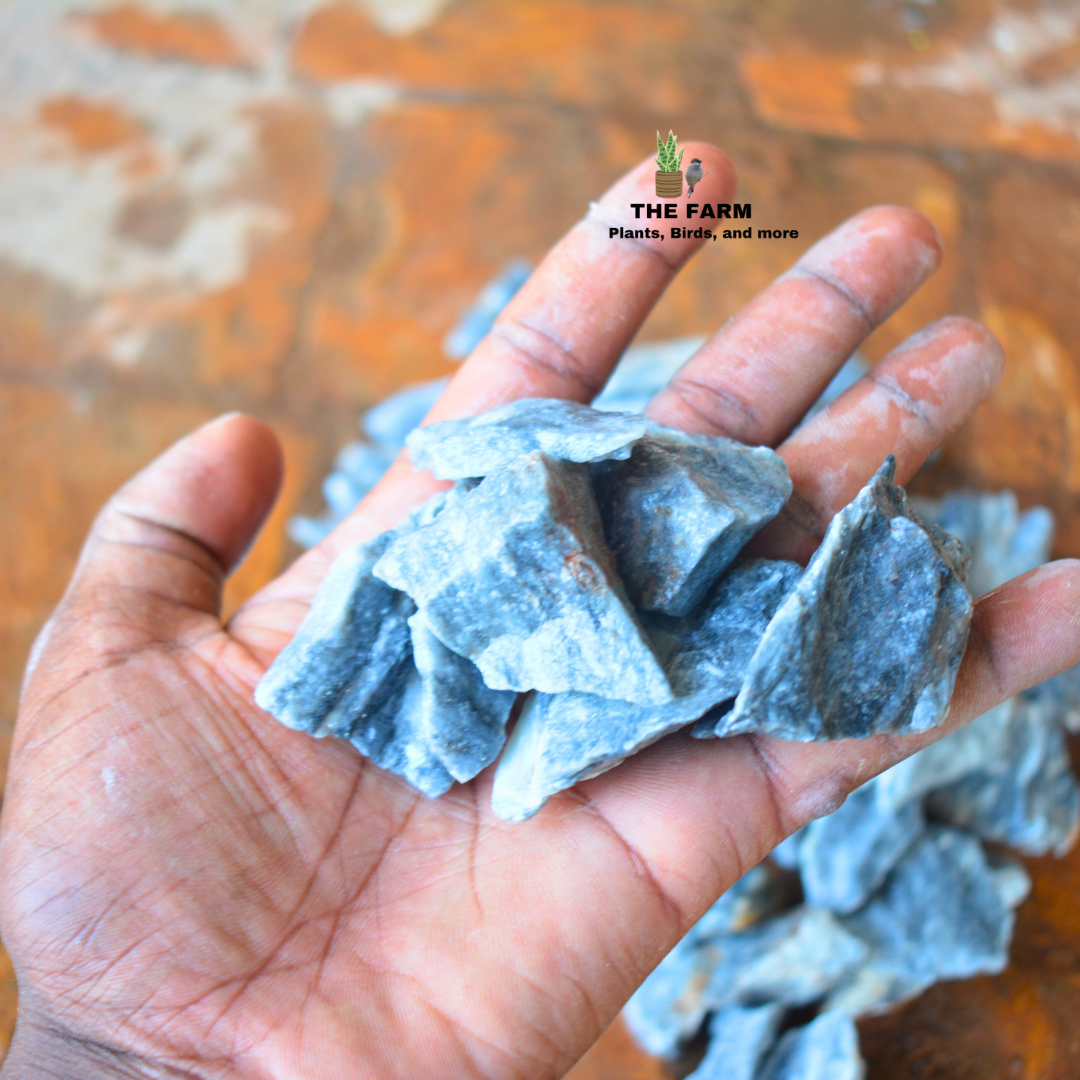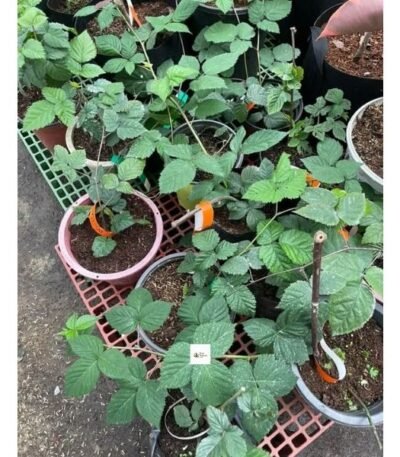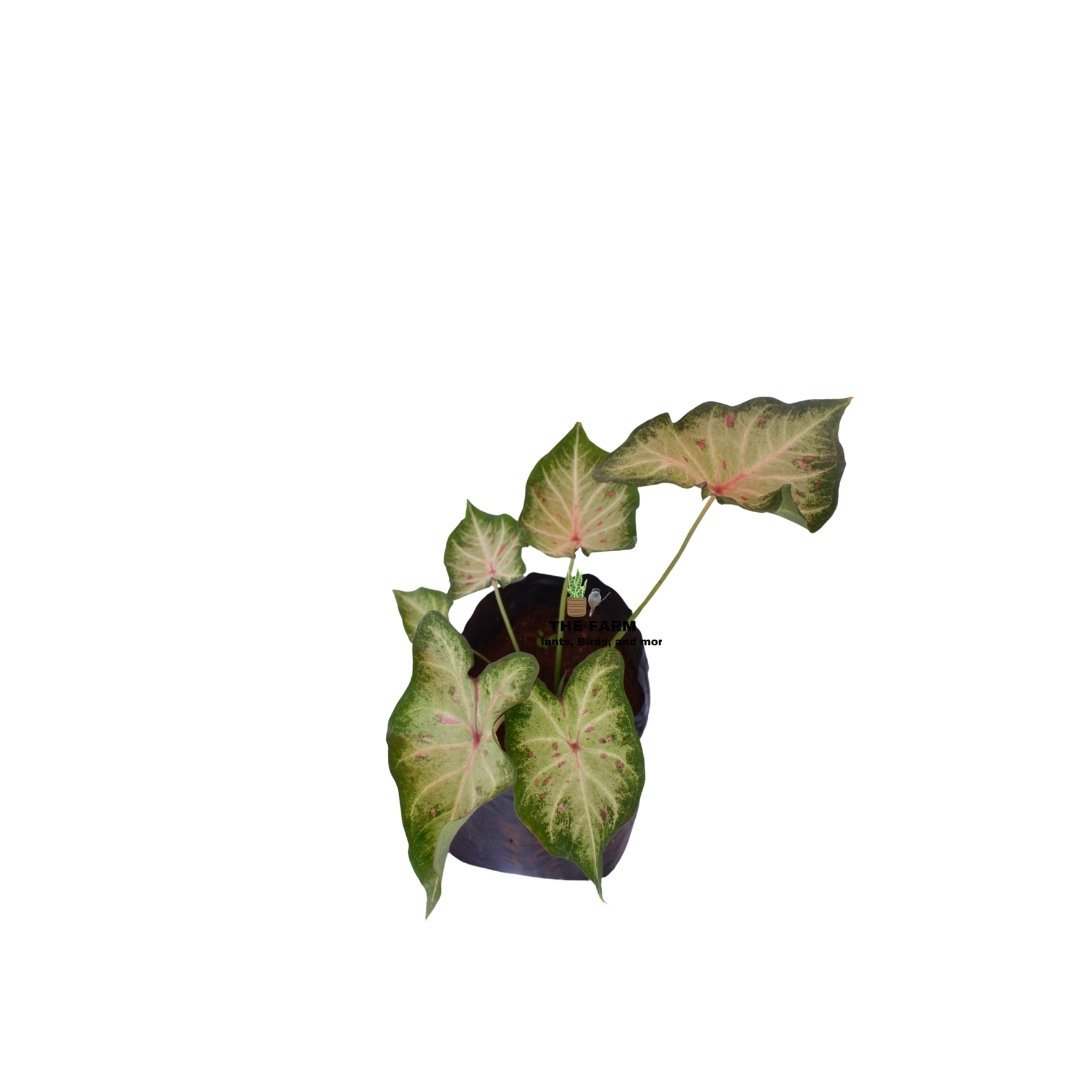Shop
Showing 49–60 of 380 results
Black Clay Planters
Black Gem Succulent Plants
Blue Thuja Seedling
Blue-Black Pebble Stones per kg
Blueberry Seedling
Boston Fern
Bougainvillea Plant Seedlings in Kenya
Buffalo Grass
Caladium – Seafoam Plant
Canna Discolor Plant Seedling
Cassia Tree Seedlings
Casuarina Tree Seedlings
TheFarm.co.ke – Your Go-To Store for Home & Garden Décor, Pet Care & More
Your space should be a reflection of comfort, style, and functionality—whether it's your garden, balcony, or indoor living area. At TheFarm.co.ke, we bring you a carefully curated selection of garden décor, indoor and outdoor essentials, and pet care products, making it easier than ever to elevate your space with quality, style, and practicality.
Transform Your Home & Garden with Thoughtful Décor
From stunning outdoor planters and rustic garden ornaments to elegant indoor décor pieces, we provide everything you need to create a harmonious and inviting atmosphere. Whether you’re setting up a cozy patio, enhancing your indoor greenery, or simply looking for statement pieces, our collection is designed to suit different tastes and aesthetics.
Pet Care Made Easy
Your furry (or feathery) friends deserve the best! At TheFarm.co.ke, we stock high-quality pet care products, ensuring your pets stay happy, healthy, and well taken care of. From comfortable pet beds and stylish feeding bowls to grooming essentials, we make pet parenting effortless and enjoyable.
Quality, Convenience & Style – All in One Place
No more hopping between stores to find what you need! We bring together premium-quality décor, pet supplies, and garden essentials in one seamless shopping experience. With our trusted suppliers and commitment to quality, you can be sure every product adds value to your home, garden, and pet care routine.
💚 Explore, shop, and transform your space today at TheFarm.co.ke !














